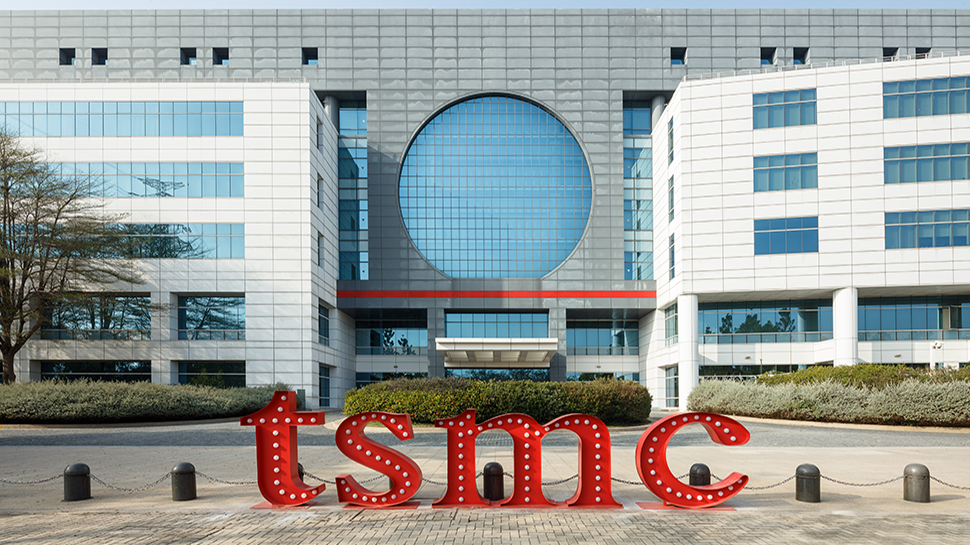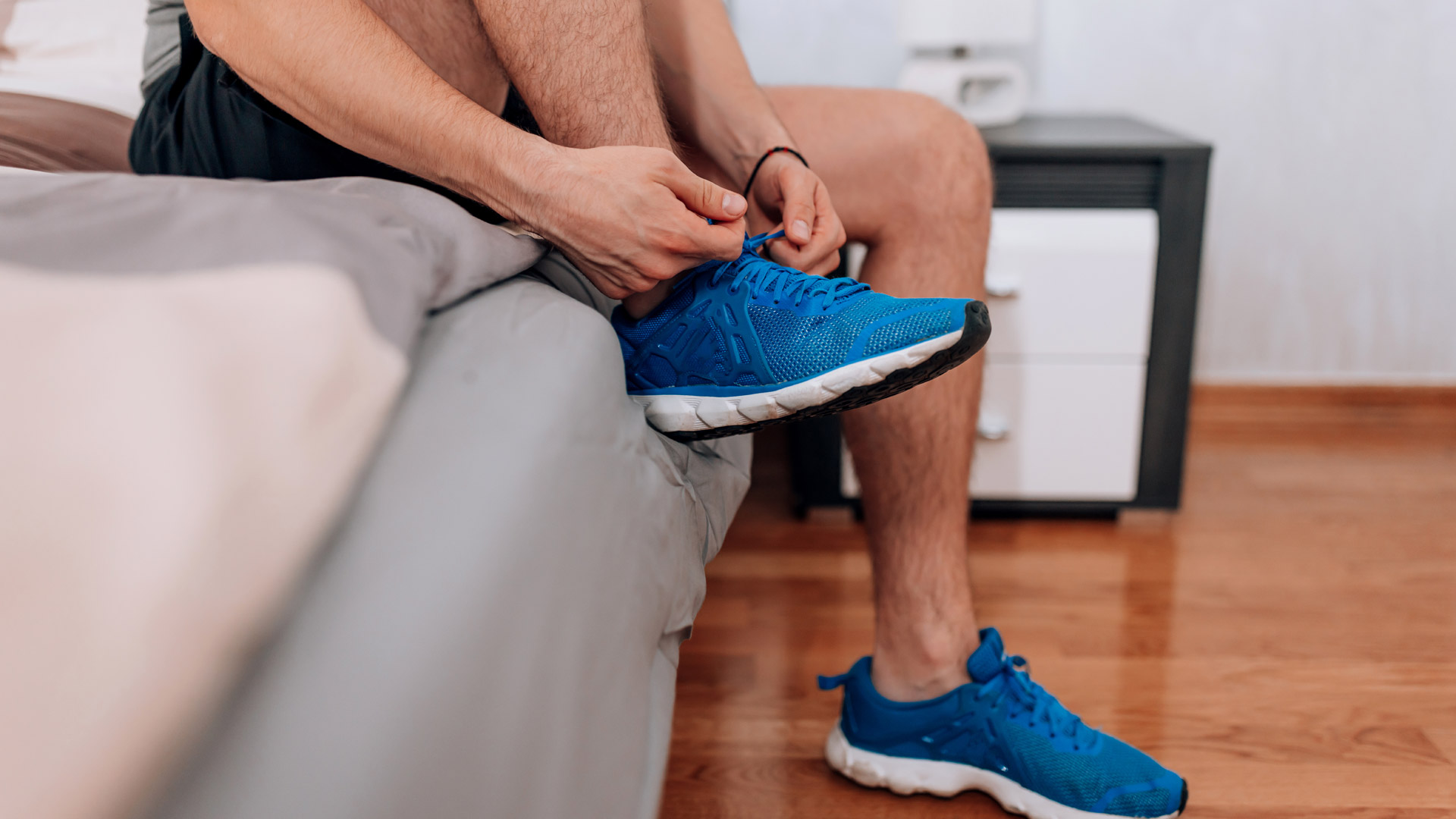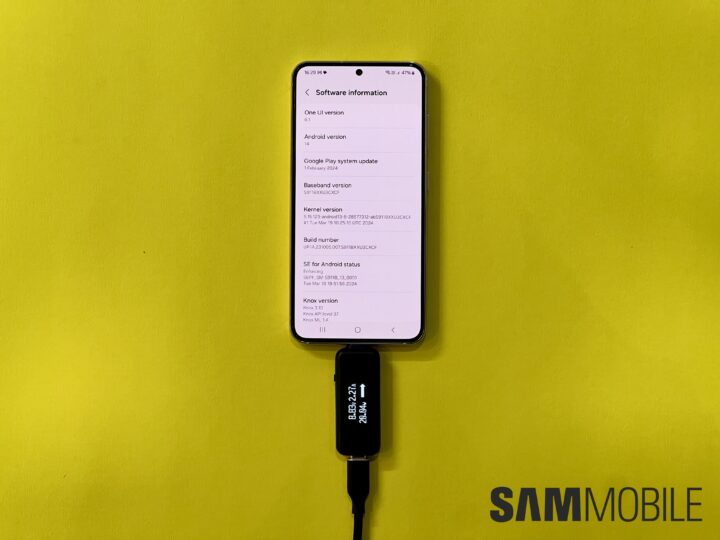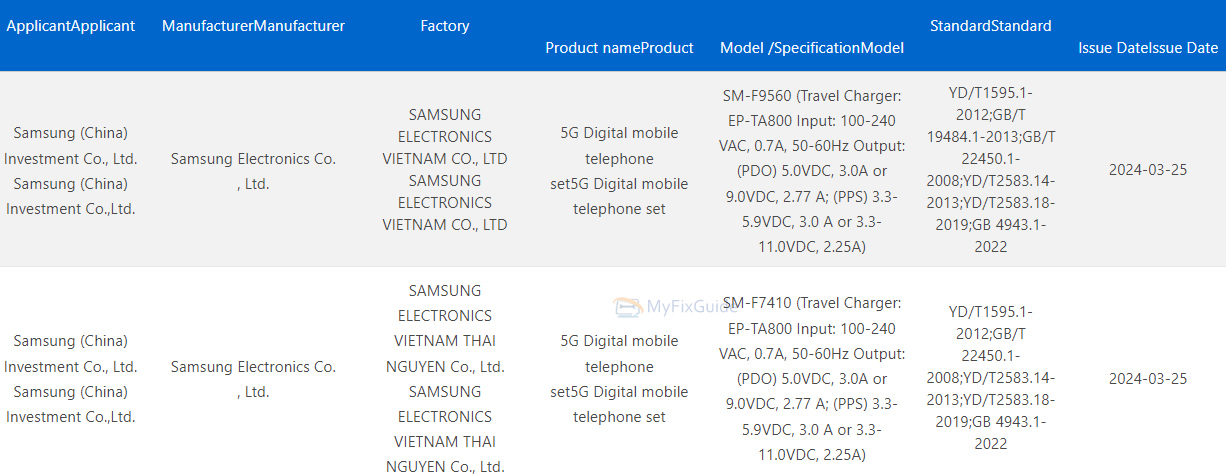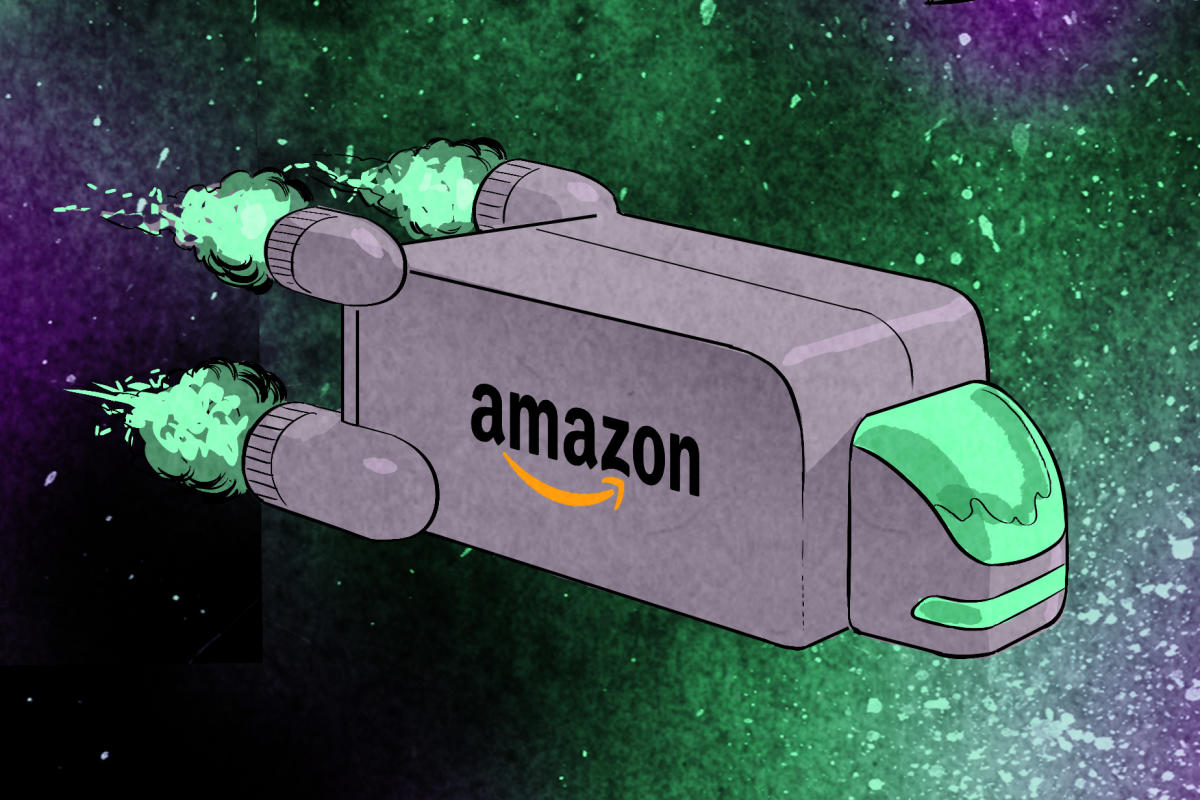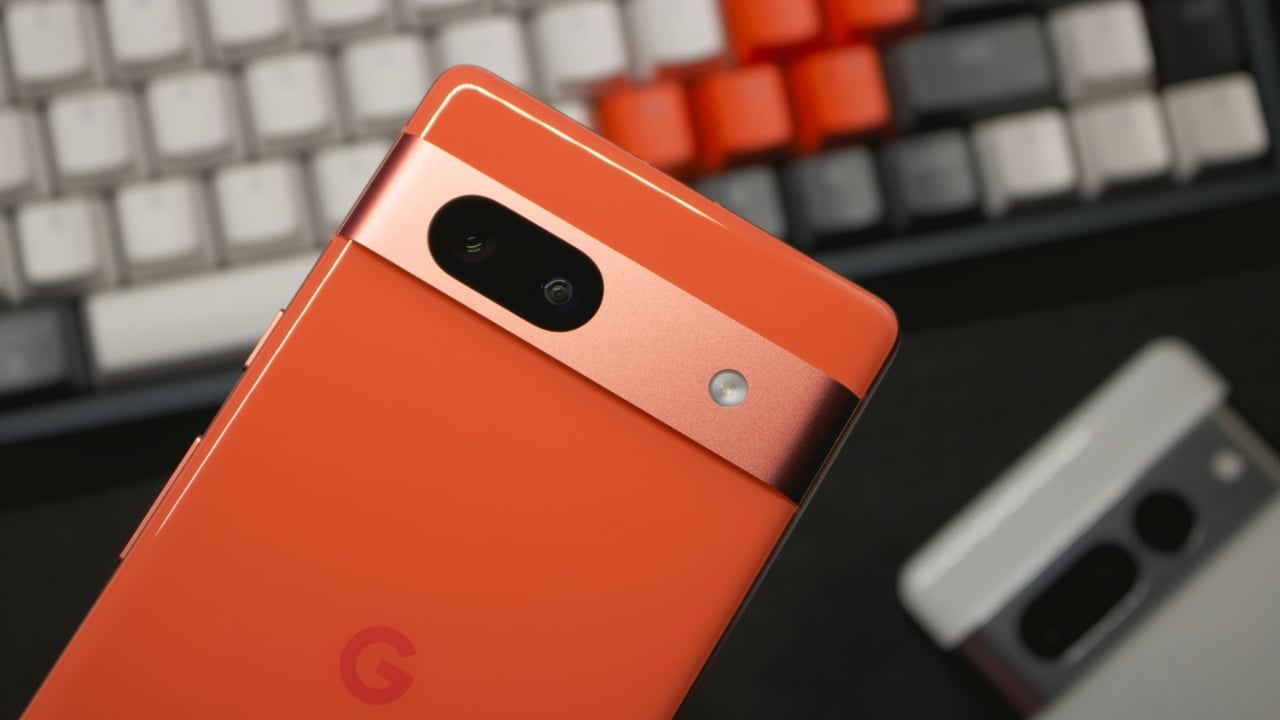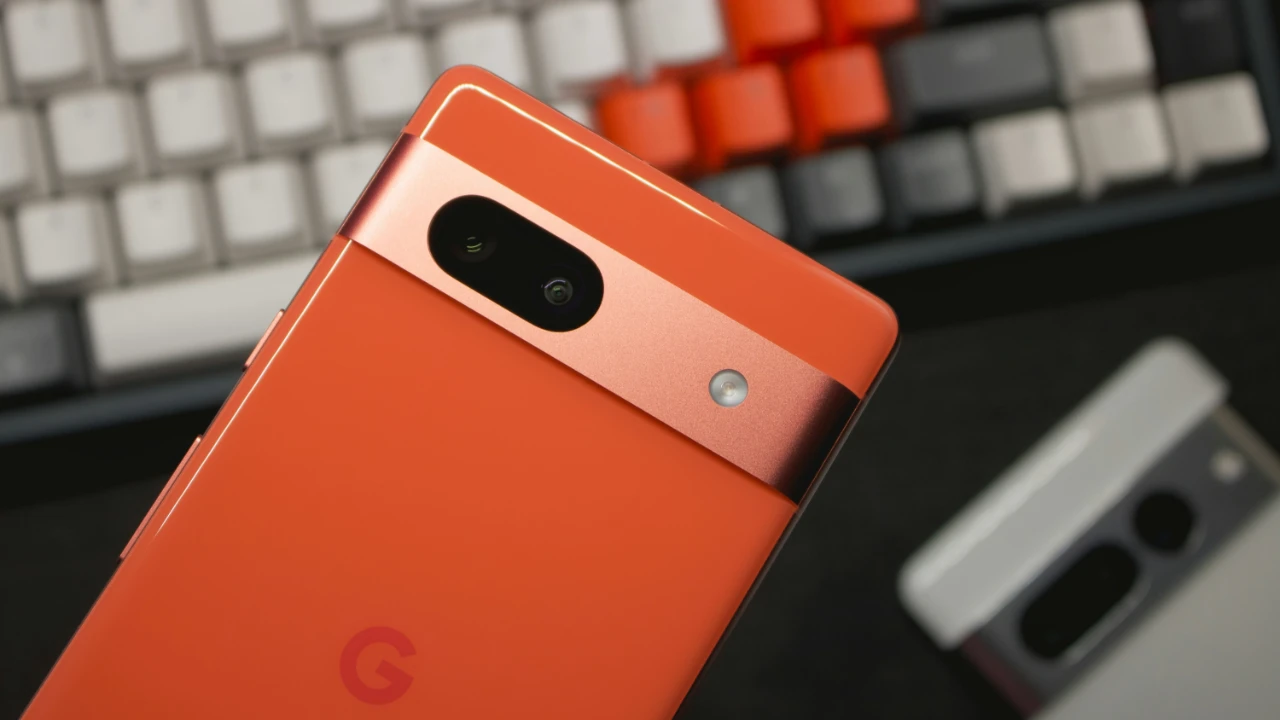[ad_1]
Realme P1 Speed 5G se lanzó en India el martes junto con los auriculares inalámbricos Realme Techlife Studio H1. El nuevo teléfono inteligente de la serie P centrado en los juegos de realme Funciona con el chipset MediaTek Dimensity 7300 Energy 5G y cuenta con un espacio de enfriamiento de acero inoxidable VC de 6050 mm para la gestión del calor. Tiene una batería de 5000 mAh con soporte para carga de 45W. Realme P1 Speed 5G es un hermano cercano del Realme P1 5G, Realme P1 Pro 5Gy Realme P2 Pro 5G.
Realme Techlife Studio H1 se presenta como los primeros auriculares inalámbricos de la compañía en la India. Es compatible con el códec de audio LDAC y viene con certificación de alta resolución.
Precio de Realme P1 Speed 5G y Realme Techlife Studio H1 en India
El precio de Realme P1 Speed 5G comienza en Rs. 17,999 para el modelo de almacenamiento de 8GB + 128GB. La opción de almacenamiento de 12 GB de RAM + 256 GB tiene un precio de Rs. 20.999. Al aplicar un cupón de descuento limitado de Rs. 2000, las variantes de RAM de 8 GB y 12 GB se pueden comprar por Rs. 15.999 y rupias. 18999 respectivamente. Se ofrece en opciones de color azul cepillado y titanio texturizado.
La venta de Realme P1 Speed 5G comenzará el 20 de octubre a las 12:00 a.m. IST en adelante durante Realme.com y Flipkart.
Mientras tanto, el precio de Realme Techlife Studio H1 es de Rs. 4.999. Como oferta de lanzamiento, los auriculares se pueden conseguir a un precio con descuento de Rs. 4.499. Viene en colores negro, rojo y blanco y saldrá a la venta a partir del 21 de octubre en Realme.com, Flipkart, Amazon, Myntra y otros canales importantes.
Especificaciones de Realme P1 Speed 5G
El Realme P1 Speed 5G de doble SIM (Nano) se ejecuta en el sistema operativo Android 14 basado en Realme UI 5.0 y cuenta con una pantalla HD+ de 6,67 pulgadas (1080 x 2400 píxeles) con una frecuencia de actualización de hasta 120 Hz y una resolución del 92,65 por ciento. Relación pantalla-cuerpo, brillo máximo de 2000 nits. La pantalla tiene la función Rainwater Smart Touch. Debajo del capó, el teléfono tiene un procesador MediaTek Dimensity 7300 Energy octa-core de 4 nm, junto con 12 GB de RAM LPDDR4X y 256 GB de almacenamiento UFS 3.1. Con la función Dynamic RAM, la memoria disponible se puede ampliar hasta 26 GB.
El Realme P1 Speed 5G de acero inoxidable cuenta con un sistema de refrigeración Steel VC de 6.050 mm cuadrados. Se afirma que ofrece 90 FPS para varios juegos. En cuanto a la óptica, tiene un módulo de cámara AI de 50MP. En la parte frontal hay una cámara de 16 megapíxeles para selfies y videochats.
Las opciones de conectividad del nuevo Realme P1 Speed 5G incluyen 5G, 4G LTE, Wi-Fi, Bluetooth 5.4, GPS, Glonass, Beidou, Galileo, QZSS y puerto USB Type-C. Los sensores integrados incluyen acelerómetro, giroscopio, sensor de inducción magnética, sensor de parpadeo y sensor de luz. Tiene un sensor de huellas dactilares en pantalla y una clasificación IP65 de resistencia al polvo y salpicaduras.
Realme P1 Speed 5G cuenta con una batería de 5000 mAh con soporte de carga de 45 W. Mide 161,7 x 74,7 x 7,6 mm y pesa 185 gramos.
Características de Realme Tech Life Studio H1
Los auriculares Realme Techlife Studio H1 cuentan con controladores de graves dinámicos de 40 mm y conectividad Bluetooth 5.4. Tienen certificación de alta resolución y admiten códecs de audio LDAC, AAC y SBC. Los auriculares cuentan con cancelación de ruido híbrida de 43 dB para una experiencia de audio ininterrumpida. Esta función utiliza micrófonos de retroalimentación y retroalimentación para detectar y neutralizar el ruido externo.
![]()
Realme Tech Life Studio H1
Fuente de la imagen: realme
Con tres niveles de ANC inteligentes, se afirma que Realme Techlife Studio H1 ajusta automáticamente el nivel de cancelación de ruido según el entorno o las preferencias del usuario. Los auriculares plegables cuentan con control de volumen, control de encendido/apagado y control ANC. Ofrecen una impedancia de 32 ohmios y un rango de respuesta de frecuencia de 20 Hz a 40.000 Hz.
Realme Techlife Studio H1 presenta tecnología de efectos de audio espacial y ofrece una baja tasa de latencia de 80 ms. Los auriculares tienen una batería de 600 mAh que se dice que proporciona hasta 70 horas de duración con una sola carga.
[ad_2]
Source Article Link











